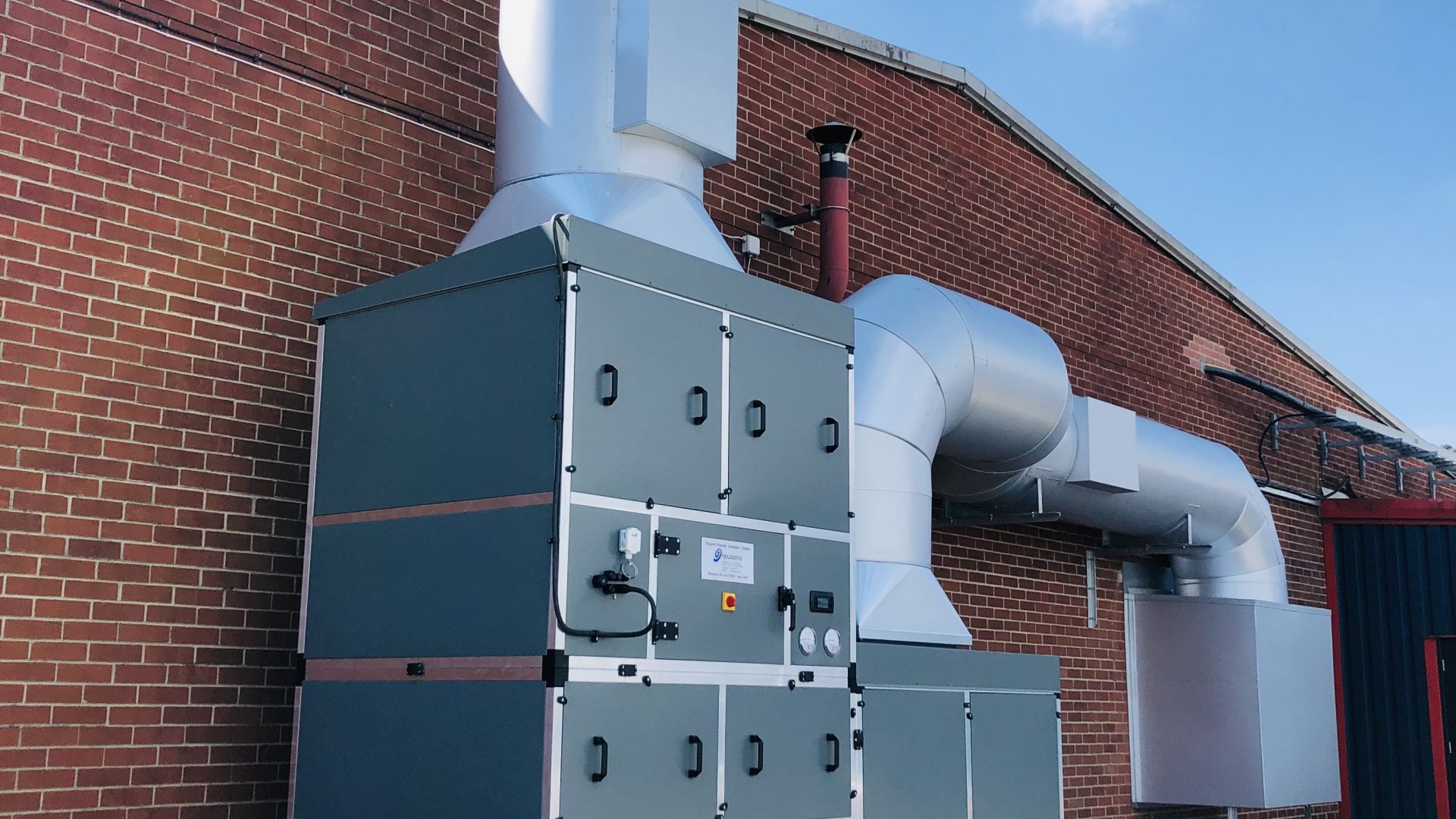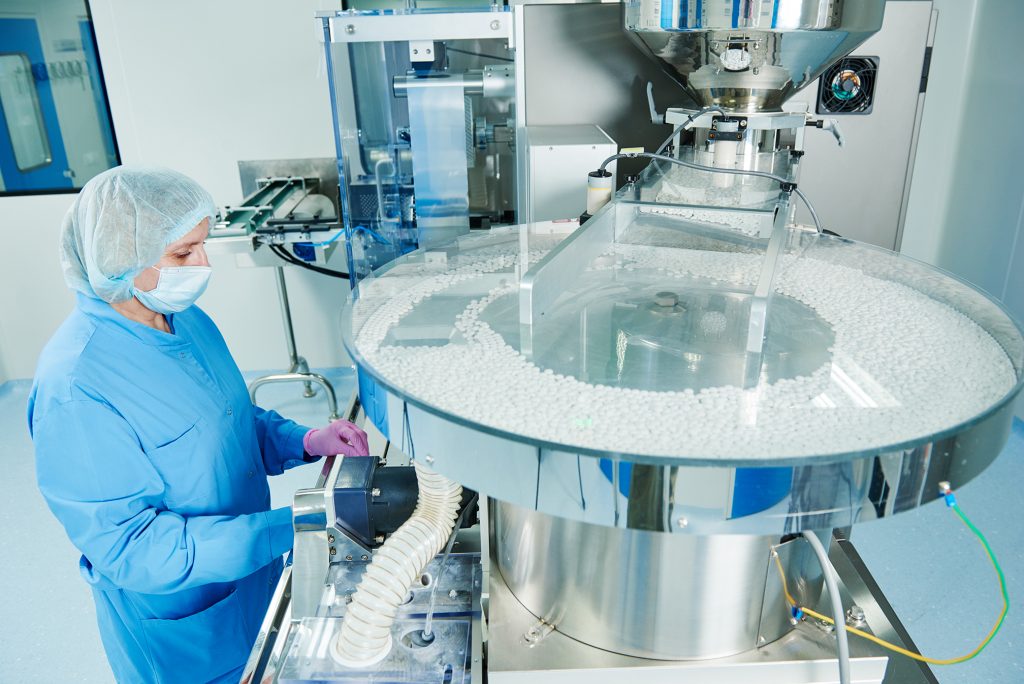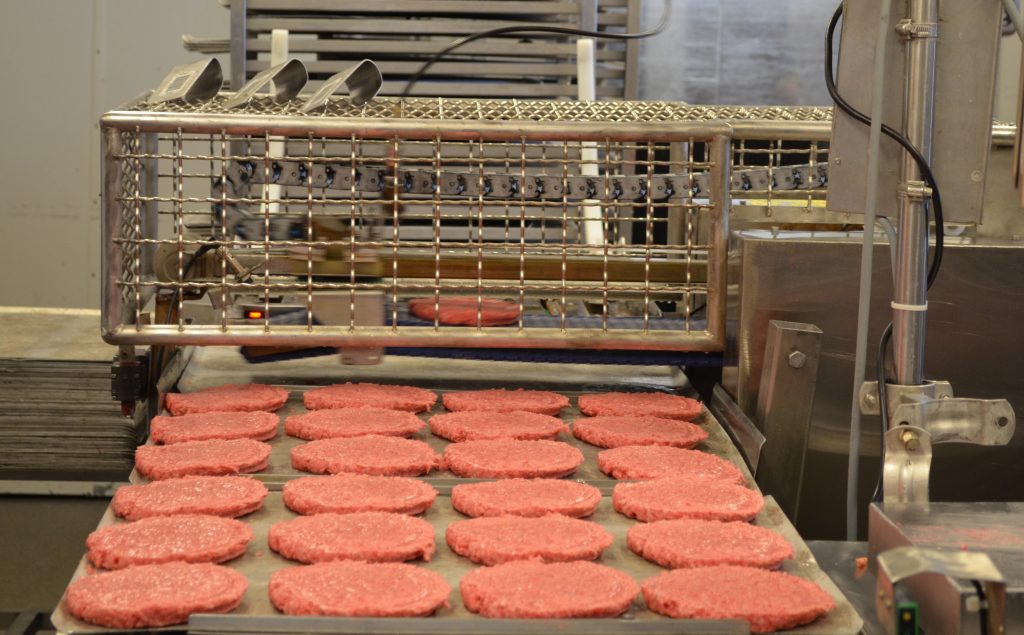Condensation
Moisture will not condense on a surface if the air in contact with it has a dew point lower than the surface temperature.
Problems caused by condensation are experienced in areas such as health & safety, integrity of electrical equipment, product quality, packaging and material handling.
Ice Formation
Ice will not form on a surface if the air in contact with it has a dew-point lower than the surface temperature. In cold stores, ice formation damages product packaging, creates an unsafe working environment and reduces the efficiency of cooling coils. By lowering the air’s dewpoint, desiccant dehumidifiers can reduce or eliminate ice and frost formation.
Product Drying
When drying heat sensitive products, a low relative humidity is essential if efficient drying times are to be maintained. In cooling processes, desiccant dehumidification can prevent condensation forming on the product.
This results in a faster, more efficient cooling process.
Building Drying
When removing moisture from a building, whether new or as a result of water damage, the most effective way is to use desiccant dehumidification. Heating only transfers the moisture to another part of the building and heating in combination with outdoor ventilation requires high energy costs. With desiccant dehumidification the moisture is efficiently removed from the building.
Bacteria
Bacteria requires humidity to survive and multiply. The humidity required for bacteria to thrive is often found on hygroscopic materials. If the surrounding air is maintained below 50% relative humidity, many types of bacteria will not find a suitable environment to live on.







